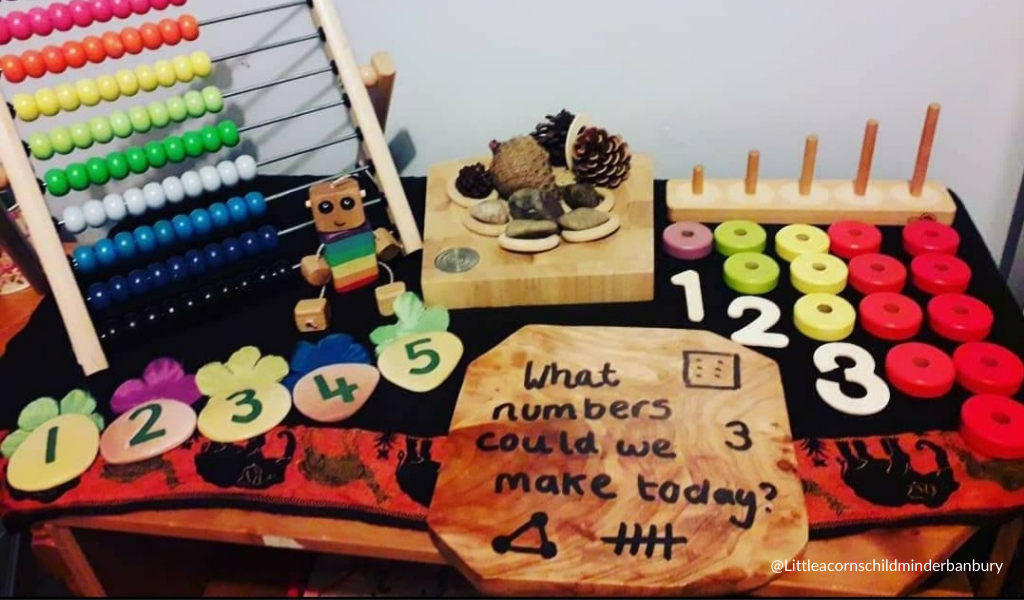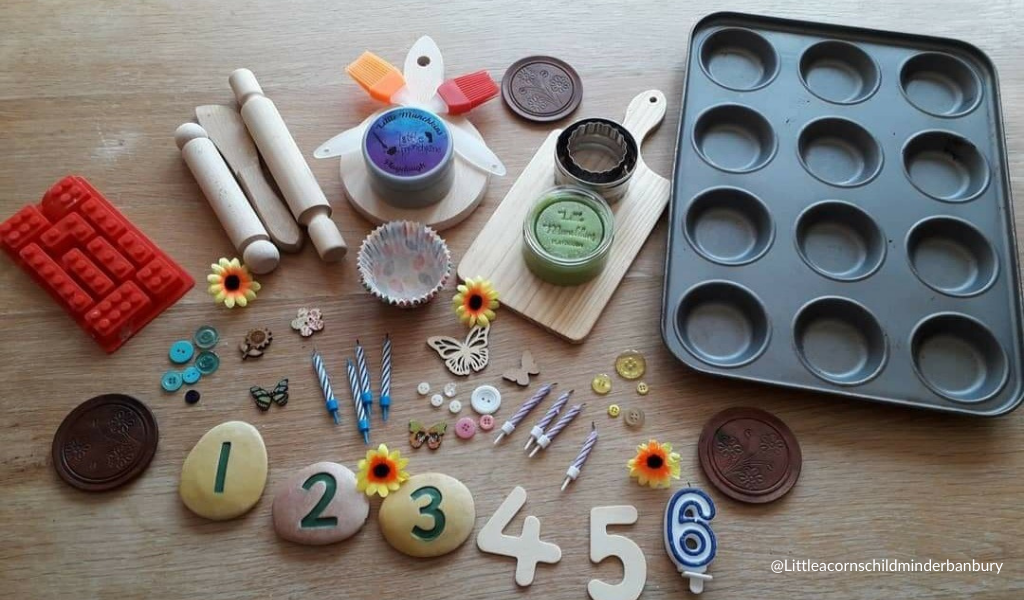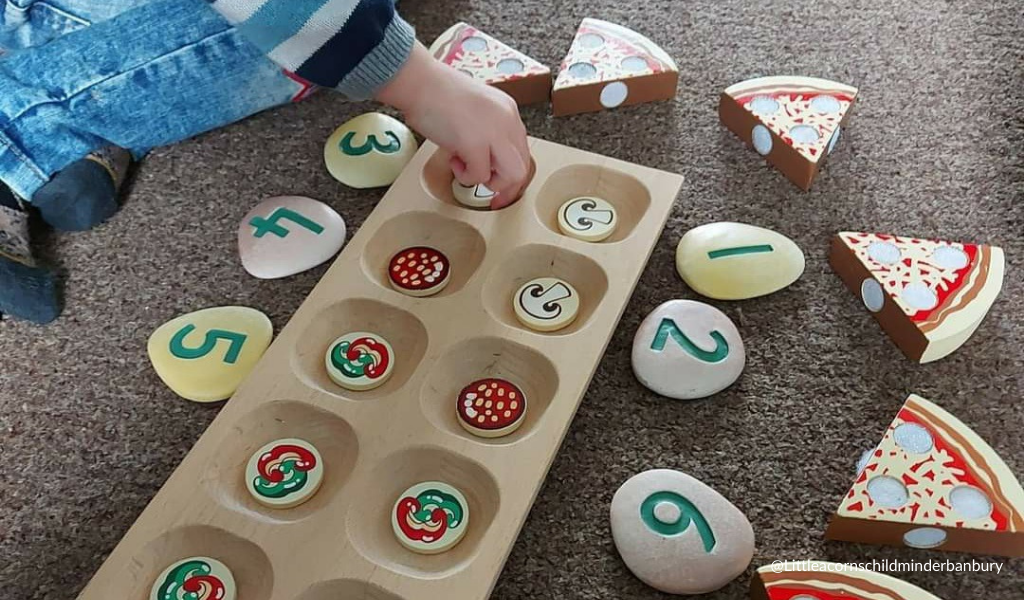Why is it that many merely hear the word “maths” and let out a weary sigh?!? Well, fear not! With the right mindset, tools and imagination, you can bring the magic back into maths!
Maths is often viewed as an area of learning where you are either right or wrong – instead I would like you to think about maths as an adventure, where the destination is secondary to the journey. The journey is where the fun is had, the hard work is done, the avenues are explored and all of the learning is done! Without the journey, you could never reach the destination! So let’s travel to the magical land of MATHS!
To enable children to effectively explore maths and develop depth in their mathematical learning, you need to foster their growth mindset. A growth mindset is the belief that intelligence is not fixed and with effort, determination and resilience we can change our intelligence and learn, well, pretty much anything!! A child with a growth mindset will explore, investigate, experiment and play with different ideas, learning from challenges and growing from mistakes,
Ask questions that challenge children to explain their mathematical knowledge. Instead of asking “What number is this?”, ask “Can you show me how many this is? How do you know?” When we ask a closed question, a child is either right or wrong. However, if we open up that question, we invite them to share their thinking. Not only does this empower the child but it can also shine a light on misconceptions that we can help to address.

Don’t be afraid to leap into maths! Make mistakes with the children – they will love this! Allow them to be the guides and explain their knowledge. Wait for those teachable moments and ask the open questions or wonder aloud or hide that rubber duck under the scarf! Maths is a journey and you need to be prepared to explore alongside the children, model your own thinking aloud, explain your reasoning and listen as they explain theirs. Allow them to challenge your ideas – you will be surprised what you hear! But GO FOR IT – be an active teacher of maths!
Maths need not be boring! There is so much room for imagination and fun. Try telling a maths story using props or loose parts – bring the maths to life! My personal favourite is about a hungry crocodile who spies 8 pieces of pizza set out for a party! He gobbles up 2 pieces! Oh no! Will there be enough left for the lion, tiger, monkey and elephant? Playing with mathematical ideas this way gives children meaning, context and motivation to explore the challenges set, to explain their reasoning and be physically involved in the learning.

A concrete approach is about having physical items that children can manipulate – these could be animals, pebbles, counters, raisins, cups, blocks – anything that they can physically hold, move and manipulate. This is the first way in which we begin to develop number sense – for example when babies are moving objects and knowing when they have been hidden or taken away – eventually progressing to matching, counting and making arrangements with objects.
A pictorial approach is when children begin to recognise and count groups of objects that cannot be moved. They may begin by counting these and will often move quickly to subitising which is recognising groups on sight. Good examples of pictorials are the face on a die or a domino – where the number of objects are clearly distinguishable. However interesting number discussions can be had with all kinds of pictures, e.g. an octopus – is 1 octopus? Or 8 legs?

An abstract approach is when we begin to talk about numerals which represent a value (e.g. 4 represents IIII ) or symbols which represent an operation (e.g. + x – ). Although children will have lots of exposure to these and may begin to name them, it is important to make sure that they have a good depth of knowledge from experience of the concrete and pictorial to ensure that they have a full understanding of these symbols.
So now you know some maths magic… there are no tricks necessary! The magic lies within the determination, imagination and creativity of you and your children – so be brave, be bold and become maths masters together!

Vikkie Murray has worked in education for over 15 years – as a qualified early years teacher, SENDCo, early years specialist teacher for a national daycare company and most recently as a registered childminder. She is currently undertaking the Hygge in the Early Years accreditation, is a Kinderly Ambassador and is a passionate advocate for child-led learning. You can follow Vikkie on Instagram @LittleAcornsChildminderBanbury.